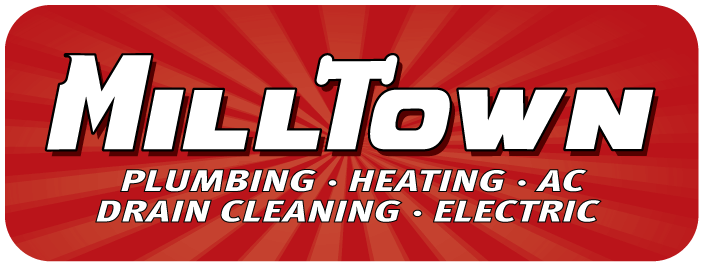3 Easy Ways to Deal With Slow Drains
- Plumbing

When water doesn’t go down your drains at all, that’s an obvious problem; anyone would know to call a plumber up at that point. But it’s rare that clogs like that just happen overnight. Usually it’s a slow burn over the course of weeks or even months that sees your drain totally stopped up in such a manner. What’ll normally happen is that water will start going down your drain slower and slower, bit by bit. This is the prime time to address whatever problem is brewing in your pipes before it becomes a much more extensive and expensive headache. We’ve compiled three easy ways to deal with slow drains.
Plunge It
A simple plunger is sometimes all it takes to unclog a drain, even one in the sink or tub (though you’ll probably want consider buying a new, unused one first) For smaller drains like the aforementioned sinks and bathtubs, they make smaller, cup-sized plungers that are much more effective at removing the soap and grease build ups that often plague these drains. Simply fill the fixture with a small amount of water, cover the drain completely with the plunger, and go at it until the clog is removed.
Baking Soda Volcano
Don’t check your screen, there’s nothing wrong with it. You read that entirely correctly: Baking Soda Volcano. You probably remember these from elementary school science fairs and helping your kids learn how chemical reactions work. You’re probably surprised to learn it’s an effective way of clearing minor blockages from your drains. The semi-explosive reaction when the vinegar hits the baking soda propels the solution through the blockage and down the drain toward it’s intended destination down in the sewers. This is a much, much better option than store-bought drain cleaning chemicals. These products, while semi-effective short term solutions, do MASSIVE damage to your pipes over time, as they breakdown more than just the debris, they break down the pipes themselves. They should only be used in the most unique of circumstances. Every other instance, though? Go make your fifth grade science teacher proud, dump that baking soda and vinegar.
Zip-It Tool
Hair clogs down shower drains are among the most frustrating to clear, since the hair gets tangled and knotted. Thankfully, there’s an easy to use, cheap, and widely available. Zip-It is a long thin rubber rod that you can put down your drain. Little nubs on the rod catch and tangle the hair on the tool, which comes out attached to the rod when it’s pulled out. It’s a cheap, easy solution to a problem; your favorite kind.
These are some of the easiest ways to clear minor issues that haven’t quite developed into full-scale clogs just yet. Failing any of these, if your drain is still draining slow, it is probably a much larger issue than you’re able to comprehend without professional assistance. Milltown is equipped with the tools to properly diagnose and remedy any major drain clog in record-setting time. Our team members are here and standing by to fix your slow drains!
Call Milltown today for slow drain repair!
Don’t take our word for it: listen to one of our many happy customers!













